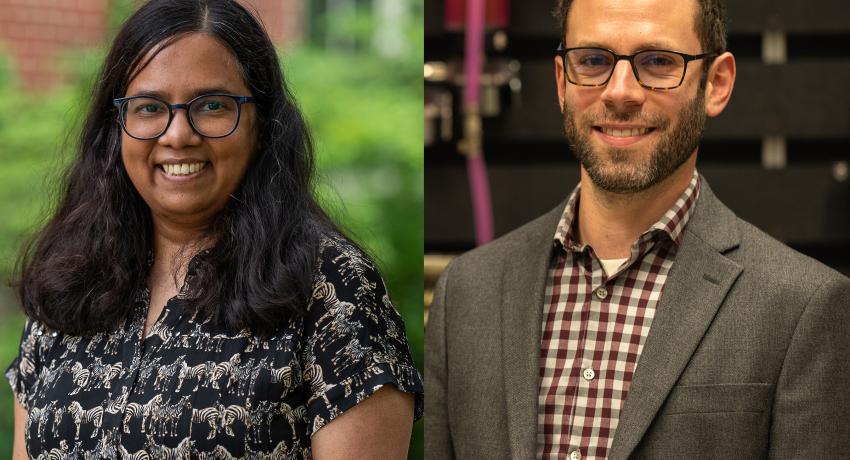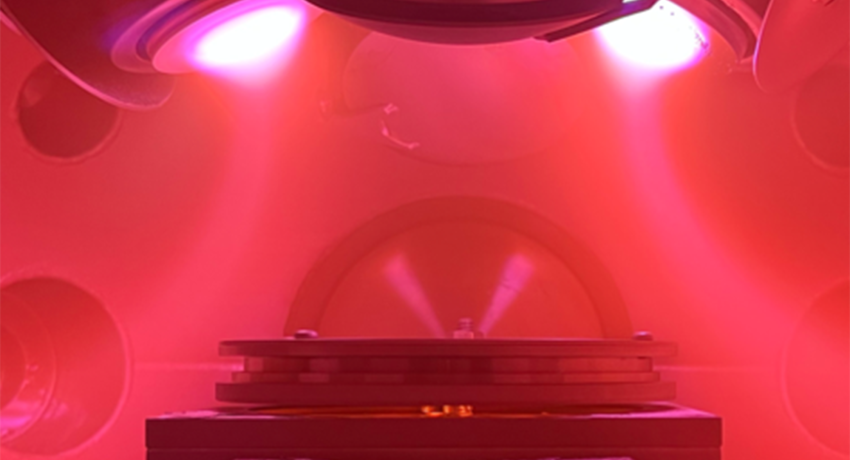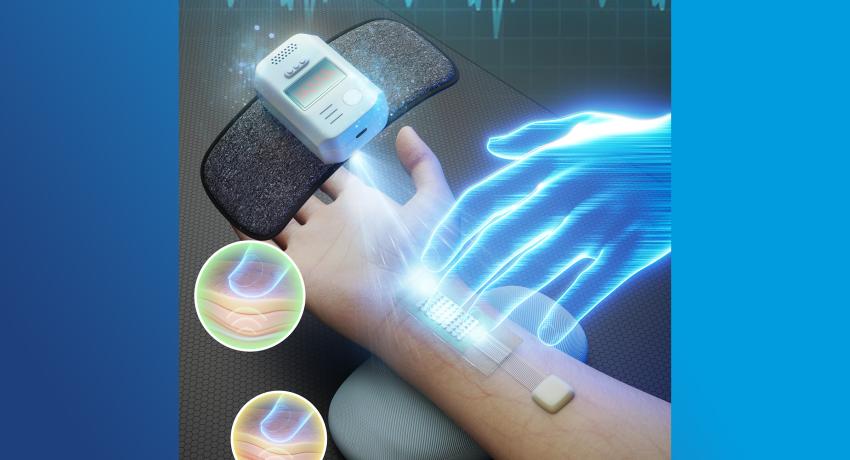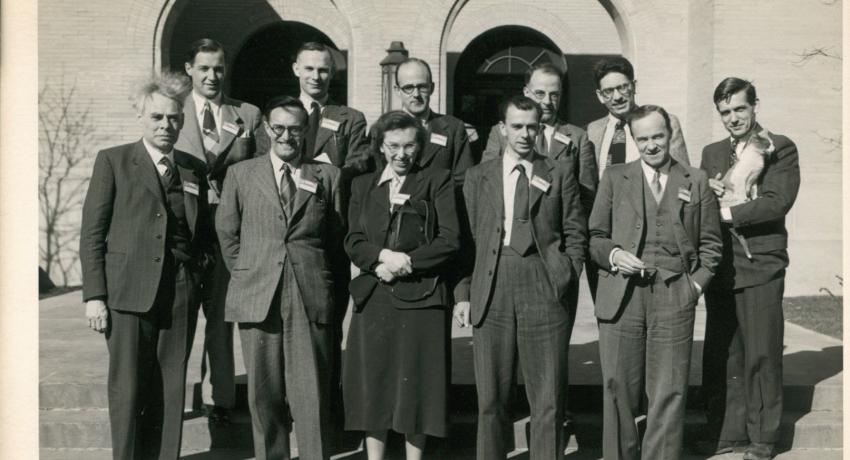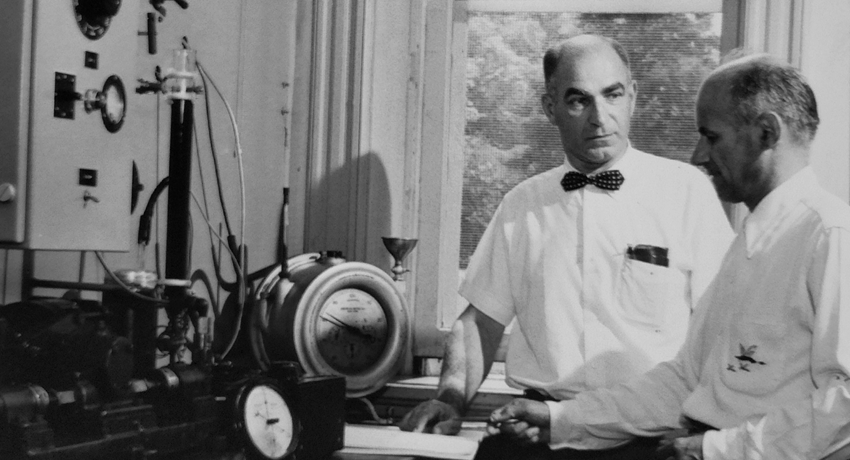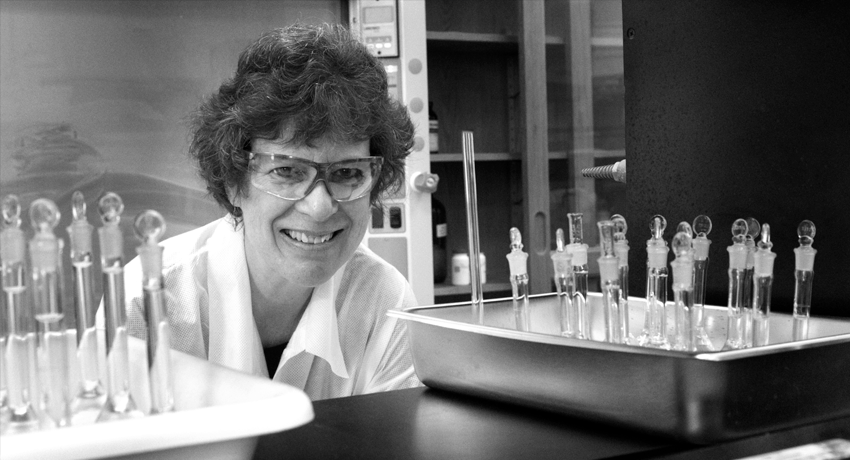Graduate student’s materials science research recognized by national society
By Jamie Oberdick
UNIVERSITY PARK, Pa. — Mingyu Yu, doctoral candidate in materials science and engineering at Penn State, recently received the Graduate Student Research Award from the professional society AVS: Science and Technology of Materials, Interfaces and Processing for innovative research in two-dimensional materials.


